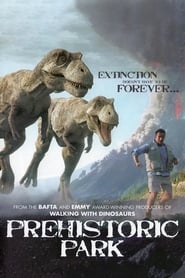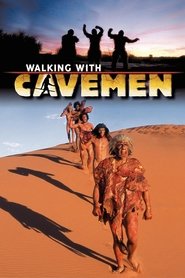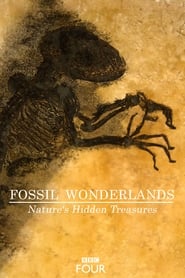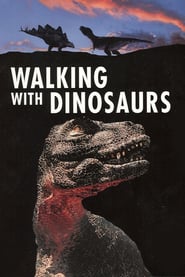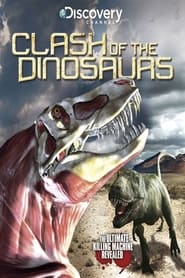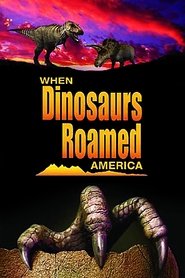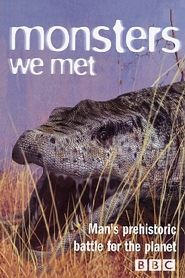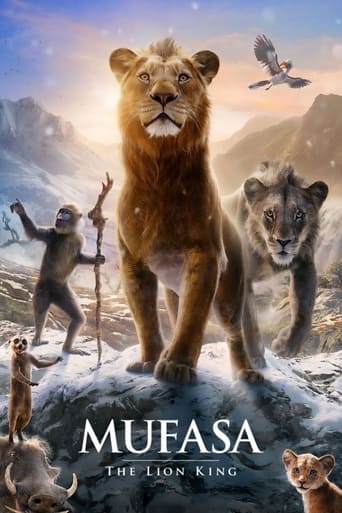Eons - Season 4 Episode 34 How Plankton Created A Bizarre Giant of the Seas
At more than 2 meters long, Aegirocassis was not only the biggest radiodont ever, but it also may have been the biggest animal in the Early Ordovician. This bizarre marine giant may have only been possible, thanks to a major revolution among some of the tiniest organisms in the world.
Year: 2022
Genre: Documentary
Country: United States of America
Studio: PBS Digital Studios, YouTube
Director: Hank Green
Cast: Kallie Moore, Blake de Pastino, Michelle Barboza-Ramirez
Crew:
First Air Date: Jun 26, 2017
Last Air date: Oct 14, 2022
Season: 6 Season
Episode: 246 Episode
Runtime: 10 minutes
IMDb: 0.00/10 by 0.00 users
Popularity: 42.2
Language: English
Episode
That Time the Mediterranean Sea Disappeared
The Neanderthals That Taught Us About Humanity
The Giant Dinosaur That Was Missing a Body
How South America Made the Marsupials
A Short Tale About Diplodocus' Long Neck
When the Rainforests Collapsed
How a Hot Planet Created the World's Biggest Snake
When the Sahara Was Green
When Penguins Went From The Sky To The Sea
How the Egg Came First
How Dogs (Eventually) Became Our Best Friends
When a Billion Years Disappeared
The Risky Paleo Diets of Our Ancestors
How the Andes Mountains Might Have Killed a Bunch of Whales
How Plants Caused the First Mass Extinction
The Two Viruses That We’ve Had For Millions of Years
How We Identified One of Earth’s Earliest Animals
When Dinosaur Look-Alikes Ruled the Earth
The World Before Plate Tectonics
When Dinosaurs Chilled in the Arctic
How the Walrus Got Its Tusks
The Story of the Dino Stampede
The Biggest Frog that Ever Lived
The Dinosaur Who Was Buried at Sea
How We Figured Out Fermentation
The Oddest Couple in the Fossil Record
How Ancient Art Captured Australian Megafauna
The Sea Monster from the Andes
When Rodents Had Horns
The First and Last North American Primates
How Plants Became Carnivores
How Ankylosaurs Got Their Clubs
Why Do Things Keep Evolving Into Crabs?
How Plankton Created A Bizarre Giant of the Seas
The Rise and Fall of the Tallest Mammal to Walk the Earth
How Humans Lost Their Fur
When Lizards Took Over the World
When the Earth Suddenly Stopped Warming
The Triassic Reptile With "Two Faces"

